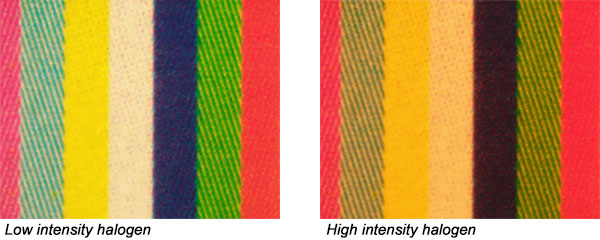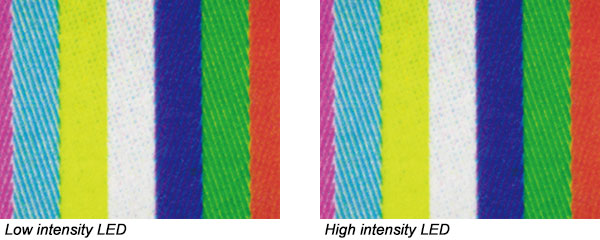Improving technology creates new ways to utilize LED light sources
Light is essential to produce an image with a microscope—a proper light source is the key element in distinguishing fine sample details. Traditionally, halogen lamps have been used in transmitted and reflected light microscopy. In fluorescence microscopy, high-intensity light sources such as xenon or mercury lamps have typically been utilized. In recent years, however, the market trend in microscopy has switched from halogen and mercury lamps toward LED sources, as LED provides a number of advantages in terms of high-intensity and near-infrared emissions when compared to traditional light sources.
LED: Becoming the Norm
The halogen market has been declining globally in the past several years, due to improving LED technology. Different from halogen lamps, LEDs are able to maintain consistent color temperature when light intensity changes. This feature keeps the colors of the sample constant for both viewing through the eyepieces and imaging with a digital camera. The intensity level of LEDs are similar to halogen lamps, but they use much less energy and have longer lifetimes. Being environmentally friendly is another advantage of LEDs, since there is no need to replace or dispose of bulbs. Additionally, LEDs are more stable and generate less heat than halogen lamps, which is important in the microscopy world when observing temperature-sensitive samples. As the demand for LED illumination increases, existing LED technology continues to advance with increased brightness, smaller sizes, and reduction in overall costs.
 |
 |
New ways to utilize LED technology
Olympus has two new ways of illuminating opaque samples using LEDs. The first is directional darkfield. Directional darkfield uses an illumination slider that contains 16 LEDs in a circular pattern. The LEDs shine directional darkfield illumination on the sample at an angle, similar to traditional darkfield illumination, but are more flexible with a variety of segment geometries, angle steps, and intensity levels. This flexibility helps users to highlight hard-to-see defects under brightfield
illumination as well as differentiate raised surfaces from depressions.
MIX illumination is our second new illumination method. MIX is the combination of directional darkfield with another traditional illumination method such as brightfield, polarized light, or fluorescence. Some structures require very fine contrast adjustments in order to reveal all the necessary information. Users can compare what they used to see by traditional contrast methods with the new features revealed by directional darkfield in one image. This is helpful for defining outlines and
improving contrast in threshold-based analysis and for visualizing two different materials co-existing on the same sample. The combination of directional darkfield and fluorescence is interesting as well, since it enables the simultaneous imaging of both fluorescent and non-fluorescent parts for faster analysis.
 |
| Brightfield illumination (left), directional darkfield (center), and MIX illumination (right). |
.jpg?rev=2D3E)
